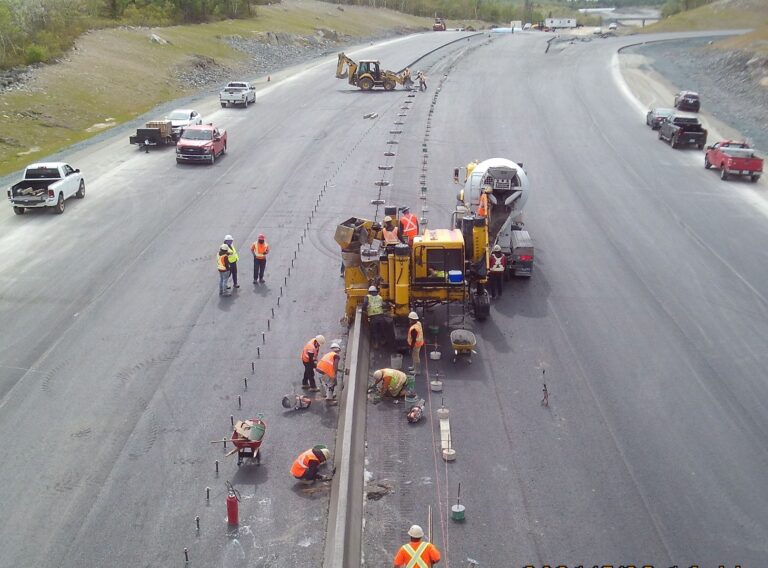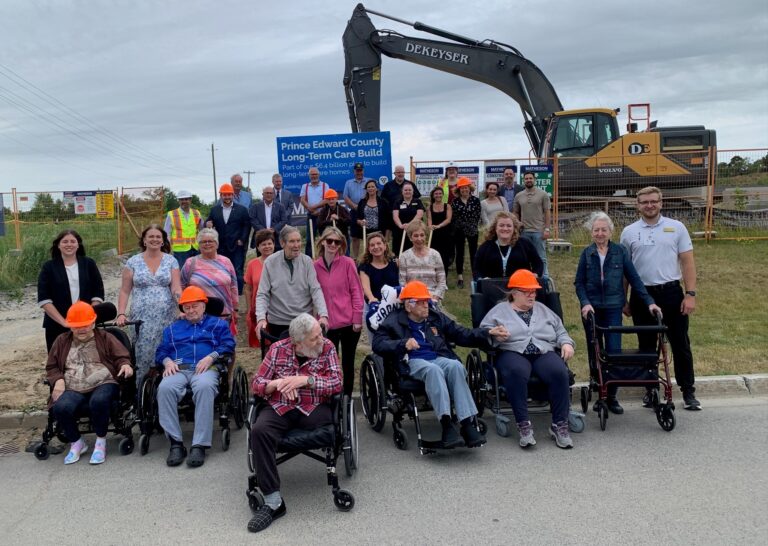Doug Ford’s Ontario Government has released its first provincial budget since taking power in June of 2018.
The delivery of the budget itself focused on key priorities, including bringing Ontario back to a balanced budget (within five years), child care, long-term care, and auto insurance to name a few.
Transit
The first emphasis on infrastructure came from the new plan for transit in the Greater Toronto Area, announced the previous day, which looks to deliver four new transit lines along with the expansion of GO service and the continued push to two-way, all-day service on the GO network. The $10.9-billion Ontario Line expands on the Downtown Relief Line, originally proposed by the City of Toronto, providing a new line that will connect the Eglinton LRT to the Lakeshore West GO Corridor with stops on both Line 1 and Line 2 of the existing subway network. Along with the Scarborough Subway Extension, Eglinton West LRT Extension, and the Yonge Subway Line Extension, the $28.5-billion plan will include $11.2-billion in funding from the province. Click here to read the original announcement.

Speaking of transit, the budget specifically called out the opportunity for further transit-oriented development opportunities in the years ahead, building on the success of the recent announcements for Mimico and Woodbine.
“The market-driven, Transit-Oriented Development Strategy will leverage third-party investment to reduce provincial funding for transit expansion and offer new opportunities to deliver more transit services faster and at a lower cost to taxpayers. For example, allowing developers to build above transit stations in exchange for building new transit infrastructure can help create mixed-use communities around stations and allow people to travel to and from their homes easier. This is part of the government’s plan to unlock greater value from its assets, reduce the burden on taxpayers and promote residential development close to transit.”
Northern infrastructure priorities
The government put several plans forward for building infrastructure priorities in the north, including:
- “Promoting economic development and meeting local transportation needs in the North by identifying opportunities for bus, passenger rail and rail freight services in Northern Ontario.
- Creating more opportunities for Indigenous people and addressing the North’s skilled labour shortage with a new Northern Ontario Internship Program.
- Ending delays blocking development of the Ring of Fire by working with willing partners to ensure sustainable development.
- Widening sections of Highway 17 between Kenora and the Manitoba border.
- Supporting the connection of remote communities to the electricity grid, as well as progress on a 450-kilometre transmission line from Thunder Bay to Wawa.
- Expanding natural gas access to more rural, northern and First Nation communities, which can save local residents up to $2,500 a year.
- Helping communities participate in the digital economy by expanding broadband and cellular infrastructure.”
Skiiled Trades
The government is also taking steps to address the need for more people to enter the skilled trades. The initiatives proposed in the budget include:
- “Establishing programs that encourage the people of Ontario to enter skilled trades, get retrained and become aware of the benefits of good-paying jobs in the trades.
- Developing a one-window digital portal for apprentices.
- Launching a new micro-credentials pilot this spring to provide people with the skills employers are seeking.
- Launching a pilot initiative to bring highly skilled immigrants to smaller communities.”
High Speed Rail on hiatus
Included in the budget was an important four-paragraph note on the future of the proposed high-speed rail corridor through southwestern Ontario:
“The Province has paused capital funding for high-speed rail in the 2019 Ontario Budget and is actively exploring opportunities to enhance the train speeds and service levels on existing railway corridors, as well as opportunities for inter-community bus services or other transit solutions that better support the immediate needs of Southwestern Ontario.
The Province is completing an analysis of new and existing rail service options that consider the social, environmental and economic impact to area residents, landowners, farmers, businesses and the natural environment.
The Province has listened to the residents in Southwestern Ontario who have expressed concerns that high-speed rail would have negative social, environmental and economic impacts for the region. For example, the agricultural community has warned that the project would create a physical barrier that would eliminate countless hectares of prime agricultural land in one of Canada’s richest farm belts, restricting access to homes, fields and markets.
The Province will bring forward a transportation plan for Southwestern Ontario by fall 2019.”
Health care
The budget did provide a first look at a definitive number for capital investment in the health care sector. According to the budget documentation, the government will spend approximately $17 billion over the next 10 years. It cited 60 projects across the province both in the construction and planning phase, noting that: “the government is committed to working with hospitals to implement these projects to meet local health system needs.”
A five-year increase of $1.75 billion will support the development of an additional 15,000 long-term care beds in the province, as well as the modernization of 15,000 beds to modern design standards, as well as the allocation of 1,157 added beds through 16 projects throughout the province.
The budget also included multiple initiatives already announced, ones that impact infrastructure development in Ontario, including the $1.3-billion transportation budget, scraping green energy contracts, and promoting the expertise of Infrastructure Ontario.
To review the 2019-20 Ontario budget, visit: http://budget.ontario.ca/2019/contents.html











